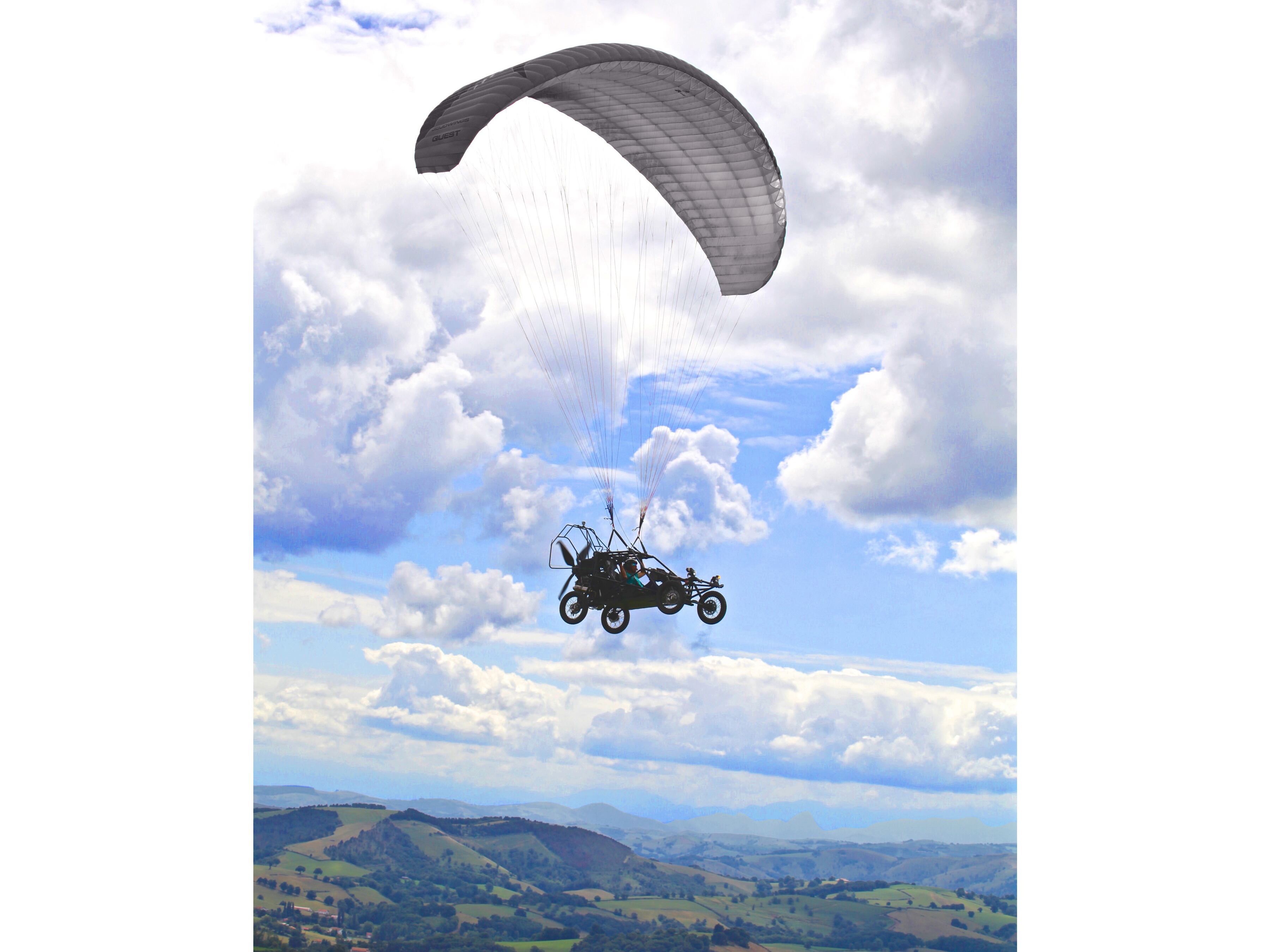WASHINGTON ― Russian defense manufacturer Kalashnikov has unveiled a one-manned “flying car.”
Popular Mechanics reports that the car is operated by 16 sets of rotors with a gridlike structure, is powered by electricity and is controlled using two joysticks. The final product will potentially be covered by a white shell that will still expose the rotors.
Kalashnikov is part of Russian defense firm Rostec and develops military small arms such as AK-47s and sniper rifles, AI driven robots and autonomous weapons, neural network-based weapon systems, and guided artillery rounds.
RELATED

Russia Today reports that Kalashnikov has not specified whether the vehicle will primarily be use by civilians, the military or both.
While the so-called flying car’s electric engine weighs less than a petroleum diesel engine, it likely it cannot fly more than a half-hour before its batteries are exhausted. This ultimately places restrictions on the payload and flight time of the vehicle, and it may take future electrical breakthroughs before it can be properly operational.
The U.S. Army tested a similar rotor-based vehicle with its hover bike, or Joint Tactical Aerial Resupply Vehicle, produced in conjunction with Malloy Aeronautics. The hover bike is an unmanned quadcopter designed for delivering up to 800 pounds of supplies, munitions and equipment, all while flying 60 mph.
The hover bike was originally intended to be manned, though Malloy had difficulty including such a capability. International Business Times reported that the company sold its Drone 3 UAVs to produce funding for the hover bike.
Defense News previously reported on another flying car by French company Valyon. A dune buggy infused with a para-gilder propeller, the Pegase can cover about 1,000 kilometers (600 miles) with an in-flight speed of 50 mph and the ability to reach 3,000 meters in altitude.
The vehicle is also designed to stealthily move toward targets while airborne, as compared to the noise from helicopters, which jeopardize recovery-based missions. It was successfully tested by pilot Bruno Vezzoli, who flew the Pegase on a 50-minute trip across the English channel.








